Have you ever been irritated by waiting for hours in a doctor’s waiting room for a 15-minute appointment? It happens so often that we accept it as normal when we have to consult our family doctor.
I’ve also struggled with this waiting problem, especially when I’ve had to take one of my little kids to the doctor for a minor illness. To keep my child happy while waiting to see the doctor has been a difficult task.
Then my doctor introduced telemedicine into his practice, and my waiting problems ended. If you are tired of waiting in doctors’ waiting rooms, read on as I share my telemedicine experience. Changing to a doctor offering telemedicine as a consulting method might be your solution too.
- What Is Telemedicine?
- Where And When Did Telemedicine Start?
- What Does A Doctor Need To Have A Telemedicine Practice?
- Telemedicine Benefits
- Telemedicine Applications
- Telemedicine Can Keep You Out Of Hospital
- Interesting Facts Regarding Telemedicine
- How To Start?
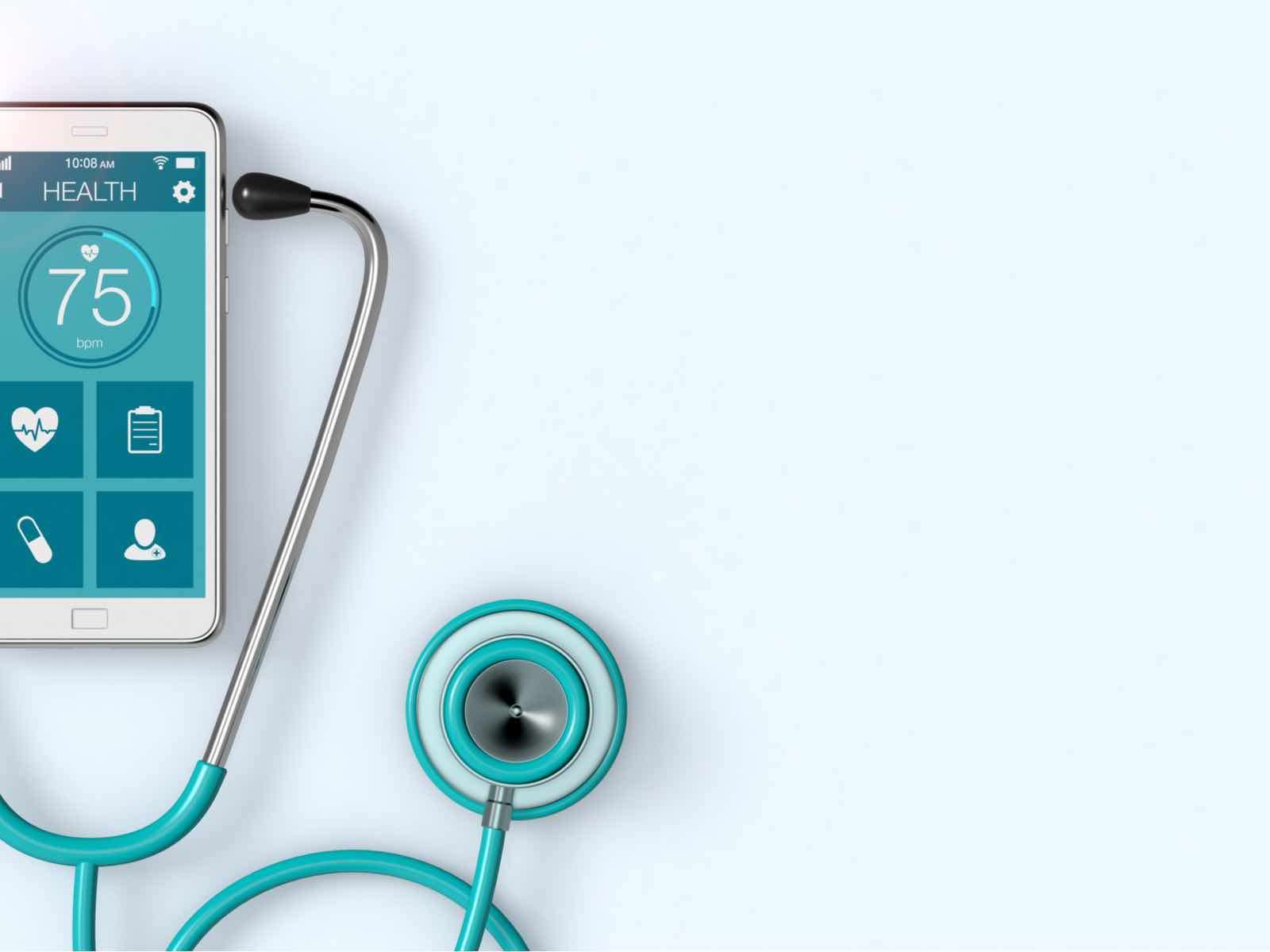
What Is Telemedicine?
Telemedicine is the provision of remote clinical services, via two-way communication in real-time between my family doctor and me, or any other healthcare provider, by using electronic audio and visual devices.

With telemedicine, my doctor can evaluate, diagnose and treat my family and me remotely. To do this, telecommunications technology is used at his and my side. More and more doctors are implementing telemedicine as one of the procedures to be followed with patients.
This way of doctor-patient involvement is a speedy developing aspect of telehealth and is becoming an increasingly important part of the American healthcare system and infrastructure.
What Is The Difference Between Telehealth And Telemedicine?
I’ve known about telehealth for quite a while, but the telemedicine concept has been new to me. I’ve discovered that telehealth refers to various electronic and telecommunications technologies and services used to provide care and services at a distance, including non-clinical services.
Telemedicine refers specifically to remote clinical services. It is when my doctor or healthcare provider uses technology to deliver clinical care remotely. My doctor can be in another location and uses a telecommunications infrastructure to deliver medical care to me.
I find the World Health Organization’s differentiation between telehealth and telemedicine very clear. According to them, telehealth includes health promotion, surveillance, and public health functions. At the same time, telemedicine only involves using electronic communications and software to provide clinical services to patients without an actual visit.
Where And When Did Telemedicine Start?
What nowadays is known and described as telemedicine has started in the 1950s. A few hospitals and university medical centers tried to find ways to share medical information and images via telephone. The first success of sending medical information via telephone was in Pennsylvania.

Two health centers in Pennsylvania managed to transmit radiologic images to each other over the phone. In the beginning, the concept was used to connect doctors in one location with specialists somewhere else. The specialists could assist remotely.
This concept was of great benefit to hard-to-reach populations or when local specialists were not available. The one drawback was that for decades the equipment necessary to conduct these remote consultations was expensive and complex.
The Arrival Of The Internet And Smart Devices Gave Telemedicine A Boost
The arrival of the internet had a big and important impact on telemedicine. As internet technology developed and became less dependent on telephone lines to link devices with each other, it opened up more and more opportunities where telemedicine could be utilized.
Since Wi-Fi and smart devices have been introduced into our homes and hospitals and medical centers have incorporated new technologies, the use of the internet to offer an alternative to in-person visits by patients to doctors has escalated.
To a certain extent, it will nowadays be more correct to use the term smartphone medicine or Wi-Fi-medicine than telemedicine!
What Does A Doctor Need To Have A Telemedicine Practice?
My doctor requires nothing more than a web camera and a secure patient portal to implement a telemedicine practice. This portal connects my doctor online to a secured electronic medical record database. This ensures the safety of the information I discussed with my doctor during a consultation.

This portal and database also allow my doctor to store my necessary medical records and history. The database is an electronic filing system, and my and my family’s information will always be available to my doctor online. All the prescriptions for medicine are also stored and available when they have to be repeated.
I have to remember that if I’m contacting a doctor from another State, the doctor has to be licensed in the State where I will receive my prescription. However, most telemedicine doctors are licensed to work with patients and prescribe medicine all over the US.
Convenience Of The Telemedicine Method
It is convenient for me to have a telemedicine doctor. Although I have to visit him in person for some procedures from time to time, I do most of my consultations now via telemedicine. I don’t have a long waiting time in the doctor’s rooms anymore.
I also find that my doctor gets second opinions more easily and faster than in the past. This results in high-quality medical diagnosis and treatment. As my medical records are online, it allows my doctor to make prescriptions more reliable and accurate.
Telemedicine Benefits
As a patient, I have many benefits by making use of telemedicine. I now have to take less time off at work to visit the doctor or take one of my children to the doctor. There is no travel time or travel expenses to take into consideration.
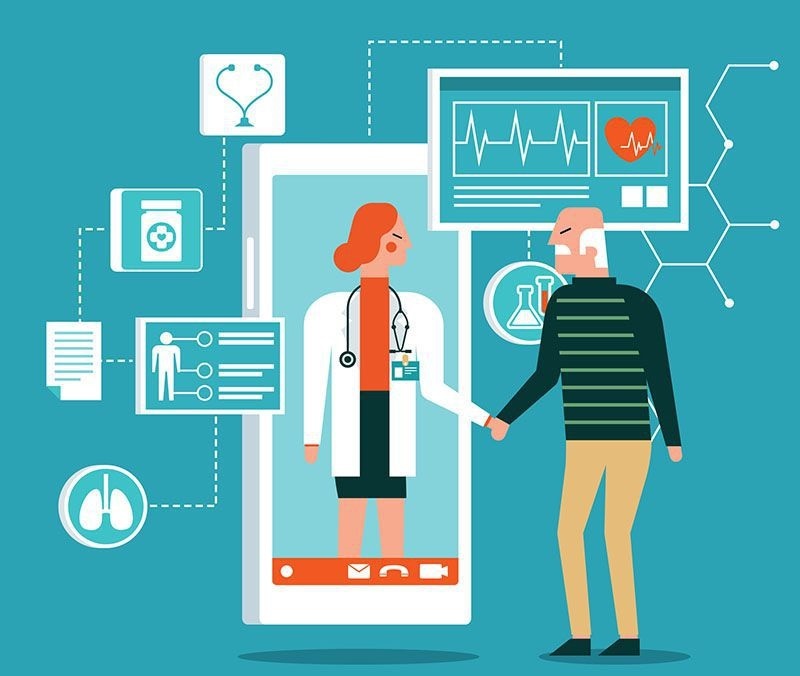
By not visiting the doctor’s rooms, I don’t have exposure to potentially contagious patients. If I have a contagious disease, I‘m not a risk to other patients waiting in the waiting room.
Benefits For My Doctor
My doctor tells me that since he is using the telemedicine method, he has increased revenue. His office efficiency is also better. He also finds that where patients have opted for cheaper retail health clinics and online providers in the past, they are now using his telemedicine option.
As a doctor, he is now better positioned to follow through on my health outcomes after consultation. He also experiences fewer missed and canceled appointments overall.
Telemedicine Applications
The telemedicine software allows the doctor to do follow-up consultations. This is more efficient for my doctor and gives me peace of mind that my health issue is monitored.
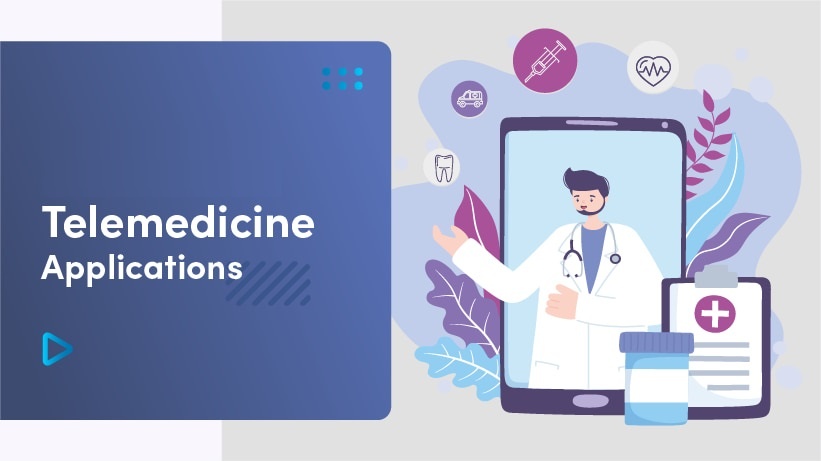
My remote chronic disease management is much easier as I must have consultations from time to time, and now I can do most of the ongoing follow-up consultations from my home via telemedicine,
According to my doctor, his telemedicine method and follow-up actions with his patients with congestive heart failure’s 30-day hospital readmissions have been reduced by 73 percent and the six-month readmissions by 50 percent.
Apply In Preventative Care Support
The telemedicine method and software allow my doctor to monitor my weight program easily. He also checks on my spouse’s smoking habits to reduce the possibility for us to suffer from a heart or other disease.
I’ve found that telemedicine is a valuable tool to support me with my weight loss problem. When I’m on the verge of giving up, I receive a message from my doctor to encourage me again.
Many schools have teamed up with telemedicine doctors to consult regarding children that become ill at school. The consulting doctor can immediately indicate whether the parents have to be called, or if it is not serious, what steps the teachers have to follow.
Telemedicine Can Keep You Out Of Hospital
The telemedicine software has already kept my elderly mother out of a hospital where she would have been hospitalized a few years ago. She is living in a nursing home and has become ill on a Saturday night.
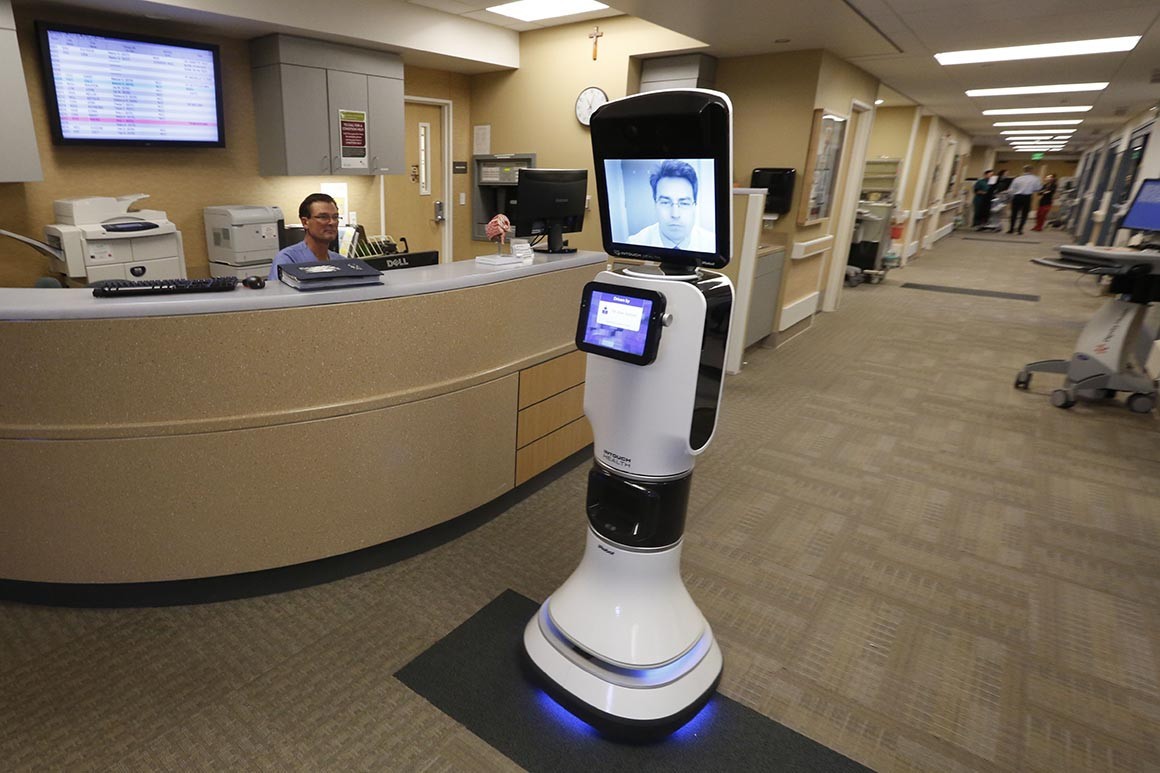
As no doctors were available to consult with my mother in person, the only option seemed to be to go to the hospital. Luckily she is a patient of a telemedicine doctor, and the nursing home’s health staff could contact her doctor via the system, and he could adjust her medication online.
Interesting Facts Regarding Telemedicine
Telemedicine is a quickly growing component of healthcare in the United States. Currently, there are about 200 telemedicine networks, with 3,500 service sites in the US.
Not every condition is suitable for online diagnosis and treatment; I have to accept that sometimes my doctor will request me to come to his rooms.
How To Start
The first step when you’ve decided to go the telemedicine route will be to find a doctor using telemedicine. Luckily my family doctor has decided at about the same time to accommodate telemedicine in his practice.
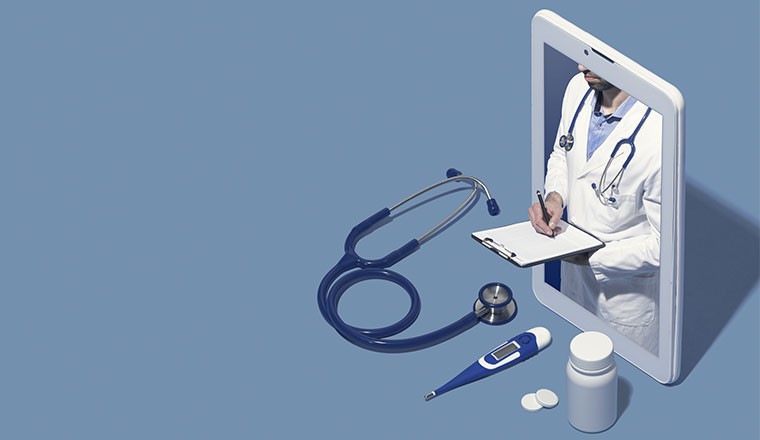
I’ve given him permission to put my medical history and details on the system, and since then, my doctor is only a phone call away. Sometimes I phone and talk, and other times, I take pictures of the symptoms and send them to him.
Using telemedicine is just as easy as using your smartphone for all its other functions.
Medicaid Reimbursement
Medicaid reimbursement varies from state to state, and currently, this results in a patchwork of different reimbursement requirements.
However, as a national program, the Medicare Chronic Care Management Program has not had a problem with telemedicine.
Conclusion
Telemedicine is a method that works, and in the future, it will be used more and more. The pandemic restrictions regarding moving around have shown us telemedicine might be the solution to the so-called new normal after the pandemic.